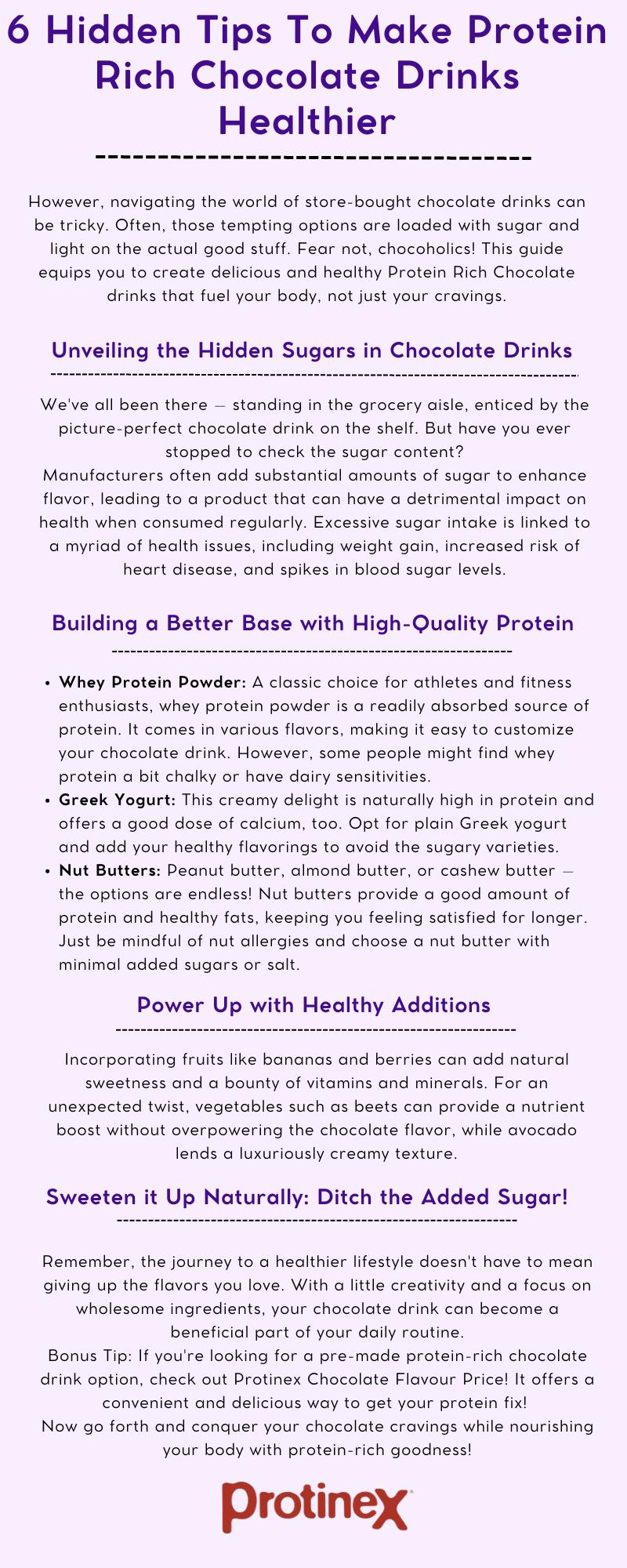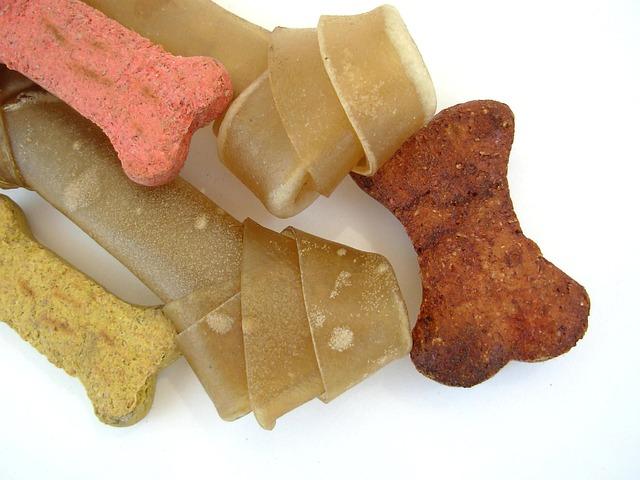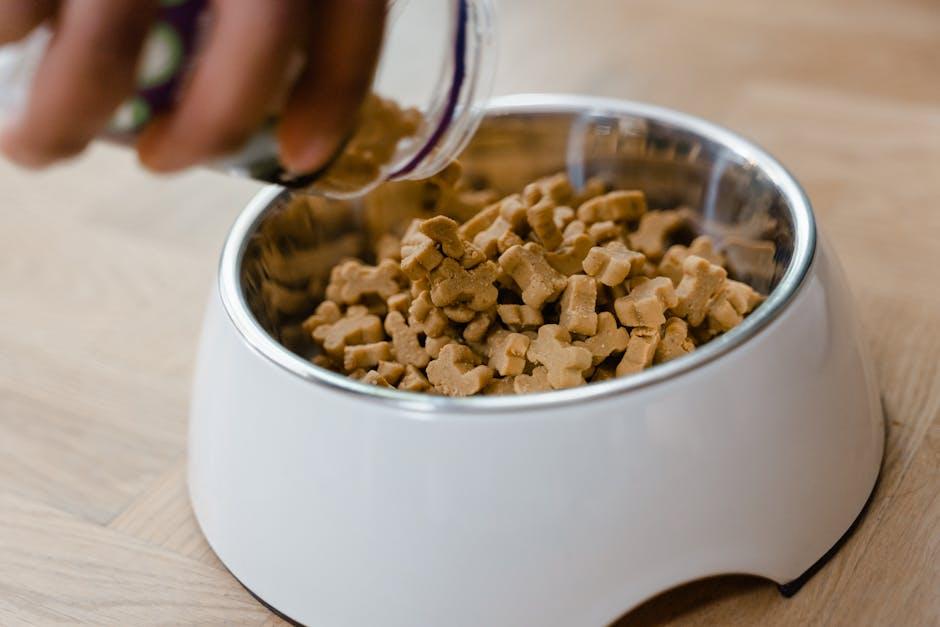Title: ? Understanding the Connection and Keeping Your Canine Healthy
Introduction:
As devoted pet parents, we often find ourselves reaching for a tasty treat to reward our furry companions for their good behavior or simply to show our affection. However, an increasing number of veterinarians and pet nutritionists are raising concerns about the potential link between these seemingly innocent snacks and the growing issue of canine obesity. In this article, we’ll explore how dog treats might be contributing to your pet’s expanding waistline and provide practical guidance on how to maintain a healthy balance. Our goal is to ensure that your beloved pooch enjoys a long, vibrant life without sacrificing the joy of an occasional treat. Let’s delve into the factors at play and learn how to make informed choices for our four-legged friends.
Understanding the Link Between Dog Treats and Weight Gain
When it comes to keeping our furry friends healthy, it’s important to consider the role that their favorite snacks play in their overall well-being. While dog treats are a great way to reward good behavior or simply show some love, they can also contribute to unwanted weight gain if not given in moderation. Portion control and nutritional balance are key factors to keep in mind. Just like humans, dogs can quickly pack on pounds when they consume more calories than they burn, and treats often contain more calories than pet owners realize.
- Check Calorie Content: Always read the labels to understand the caloric value of each treat.
- Choose Healthy Options: Opt for treats that are low in fat and made from natural ingredients.
- Monitor Frequency: Limit treat-giving to special occasions or use them as rewards for training.
- Balance with Exercise: Ensure your dog gets regular physical activity to burn off those extra calories.
By being mindful of these factors, you can ensure that your pet enjoys their treats without compromising their health. Remember, a little goes a long way in maintaining your dog’s ideal weight and overall happiness.

Identifying Hidden Calories in Your Dogs Favorite Snacks
Many pet owners are unaware that some of the tastiest treats can be loaded with hidden calories, contributing to weight gain in our furry friends. It’s important to scrutinize the ingredients and nutritional information on the packaging. Look out for high-calorie components like sugar, corn syrup, and excessive fats. Opt for healthier alternatives with natural ingredients such as sweet potatoes, pumpkin, or carrots. These options are not only lower in calories but also provide additional nutrients beneficial for your dog’s health.
- Watch the Portion Sizes: Even healthy treats can add up if given in large quantities.
- Choose Low-Calorie Options: Seek out treats specifically labeled as low-calorie or low-fat.
- Make Homemade Treats: This allows you to control the ingredients and portion sizes.
- Incorporate Treats as Part of the Daily Diet: Reduce meal sizes to accommodate the extra calories from treats.
By being mindful of what goes into your dog’s treats, you can maintain their healthy weight and ensure they stay energetic and happy. Always consult with your veterinarian for personalized advice and recommendations.

Crafting a Balanced Treat Routine for Your Furry Friend
When it comes to pampering your beloved canine companion, understanding the balance between indulgence and health is key. Treats are a wonderful way to show affection and reinforce good behavior, but they can also contribute to weight gain if not given in moderation. To craft a treat routine that keeps your furry friend happy and healthy, consider the following guidelines:
- Portion Control: Treats should only make up about 10% of your dog’s daily caloric intake. Adjust meal portions accordingly to accommodate the extra calories from treats.
- Quality Over Quantity: Opt for high-quality treats that are low in calories but rich in nutrients. Look for ingredients like lean proteins, fruits, and vegetables.
- Mindful Selection: Choose treats that align with your dog’s dietary needs. For example, if your dog has a sensitive stomach, opt for hypoallergenic or grain-free options.
- Active Rewards: Incorporate treats into physical activities. Use them as rewards during playtime or training sessions to encourage exercise and mental stimulation.
By following these simple yet effective strategies, you can ensure that your dog enjoys their treats without compromising their health. Remember, a balanced approach to treat-giving not only maintains your dog’s ideal weight but also enhances their overall well-being.

Healthy Alternatives to Common Dog Treats
As we become more aware of the potential impact of traditional dog treats on our furry friends’ health, exploring healthier alternatives becomes essential. Thankfully, there are numerous options that not only keep your pet’s tail wagging but also contribute to their overall well-being.
- Fresh Fruits and Vegetables: Consider offering small pieces of apples, carrots, or green beans. These are low in calories and high in fiber, making them an excellent choice for a guilt-free snack.
- Homemade Treats: Create your own dog treats using whole grains and lean proteins. This allows you to control the ingredients and avoid unnecessary fillers and preservatives.
- Lean Proteins: Small bits of cooked chicken or turkey can be a protein-rich delight. Ensure they are plain and free from seasoning or bones.
- Peanut Butter: A spoonful of unsweetened, xylitol-free peanut butter can be a great treat. It’s rich in healthy fats and can be spread inside a toy for added fun.
Switching to these options can help manage your dog’s weight while still providing them with the love and rewards they deserve. Always remember to introduce new treats gradually and monitor for any allergies or sensitivities.

